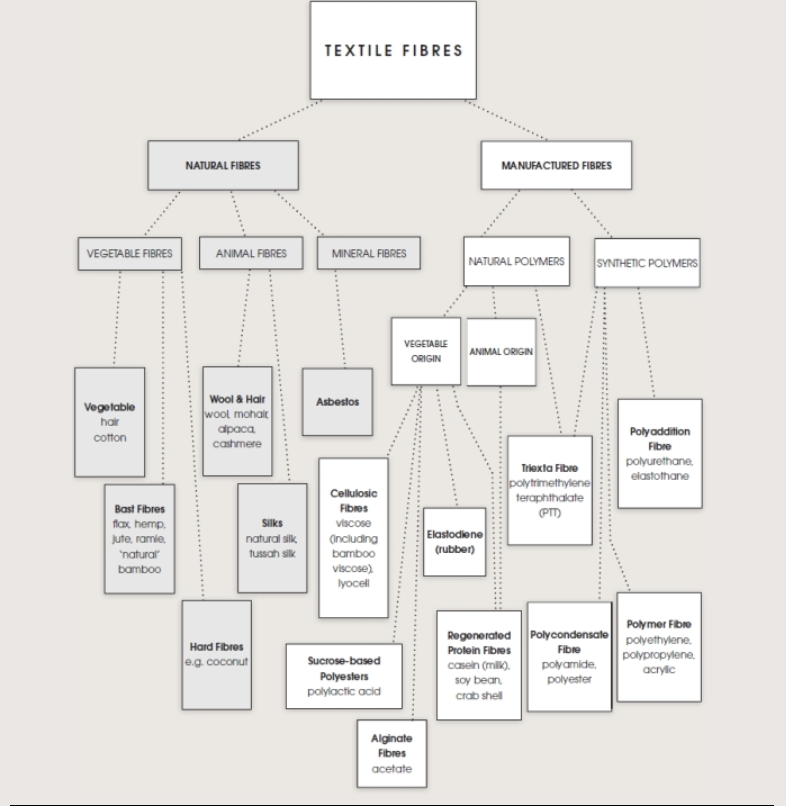Pillar: Earth
The “Earth” pillar focuses on the environmental aspect of sustainable development in fashion. It emphasises ecosystem protection, waste reduction, and responsible resource use. Corner (2014) noted that while fashion enables creative expression, it also requires minimising ecological impact. This pillar promotes innovation in design, production, and consumption, prioritising environmental stewardship and planetary health.
Circular Economy
The circular economy moves beyond fashion’s linear take-make-use-dispose model by adopting a regenerative system based on durable design, repair, reuse, and recycling. Dillon (2018) stressed that effective fashion management must consider the full product lifecycle, including longevity and end-of-life strategies. This approach maximises material value, reduces waste, and decreases reliance on virgin resources, supporting environmental sustainability.
The Relationship Between Sustainable Development and Fashion
Sustainable fashion integrates creativity with environmental and ethical responsibility. As Corner (2014) stated, designers and brands must assess social and ecological impacts across the supply chain—from sourcing to manufacturing. Dillon (2018) added that sustainable fashion combines fair labour practices with eco-conscious production, balancing profitability, equity, and planetary well-being. Thus, sustainable development has become a framework prioritising long-term resilience over short-term gains.

Laurence King Publishing, 2012.
Leave a Reply